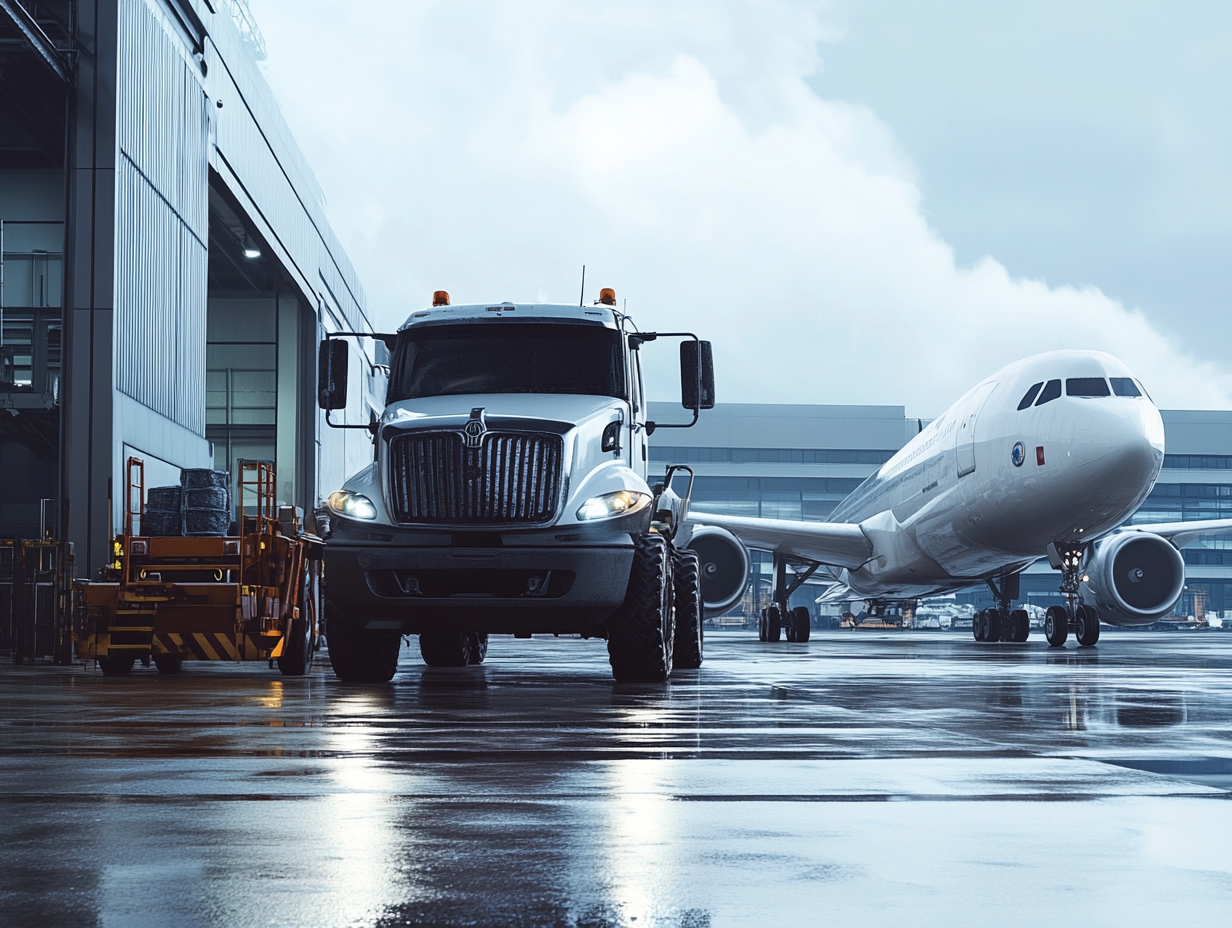The insurance market is by its very nature volatile, with rates and availability dependent on a host of unpredictable factors.
As insurers absorb the impact of greater losses, they become less able to take on risks. For this reason, the insurance industry can quickly become competitive. In some cases, you might even not be able to find anyone to insure you at all.
Nowhere is this more evident than in the aviation insurance industry.
Aviation insurers’ appetite is low
The insurance market, as a whole, has lost its appetite for reinsuring potential clients. This reluctance is due to a combination of factors. Increasingly, underwriters are unwilling to take on high-risk or high-liability operations, such as aviation. Part of the problem is that insurance companies in all sectors have taken a hit due to a number of years of catastrophic claims. These catastrophes have occurred both within the aviation industry and in other areas, too.
During 2020, a series of severe weather events struck some difficult blows to aviation insurers. The payout for these events, in addition to those resulting from a rise in accidents and ground collisions, ended up overpassing the profit made from premiums that year.
The aviation industry loss rate is on the rise
According to the International Air Transport Association (IATA), airlines netted a loss of $47.7 billion during 2021, following a year of even greater loss in 2020, as many planes remained grounded due to the global pandemic.
From these numbers, it’s clear that the aviation industry is not simply enduring a temporary crisis, but a long season of pain.
While some modest recovery is on the horizon, 2020 and 2021 were unprecedented years for the aviation insurance industry. Their system was not designed to absorb such pervasive loss.
As aviators prepare to take on the skies once again, there are surely going to be some glitches as they restore their fleets to an airworthy condition.
As a result, insurers are passing the costs of these losses along to their customers in the form of higher rates.
Fewer and fewer aviation insurers
Starting in 2018, insurers began to back off from underwriting general aviation policies. Historically, this type of insurance has been the most volatile and unpredictable. Since then, the Covid-19 pandemic, and the resulting grounded aircraft, has only added to that volatility, leading to higher rates and more restrictions even for the customers who are considered low-risk.
In addition, underwriters have become more restrictive of insurance coverage across the board, making even more traditional types of insurance policies harder to secure.
In this climate, many aviation insurance providers have withdrawn from the market completely. Others have merged together with other companies. The result is a net loss of available coverage for aviation.
Be loyal to your aviation insurer: don’t go back on the market every year
As you can see, the aviation insurance market is sparse right now, and things only seem to be getting more challenging.
In this context, trust and loyalty become very important.
Your current aviation insurer knows you better than anyone else. They can use this knowledge to persuade underwriters to provide continuing coverage. A new insurer does not have this same ability.
Good relationships can make a huge difference in securing the type of coverage that you need. Loyalty and trust pave the way for the optimum coverage for the lowest possible premiums.
Just remember to review your policy every year and update it as needed to keep your rates as low as possible while not missing out on any coverage that you need.
Focus on prevention in aviation insurance
There are a number of preventative measures you can take to keep your insurance rates down. For one thing, make sure you have completed more than the minimum amount of training. The more training you have, the lesser risk you are asking your aviation insurer to absorb.
The hardening insurance market has made it challenging for aviators to find and to afford the right amount of insurance coverage they need. But with care and attention, you can continue to fly safely.














